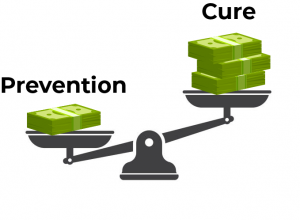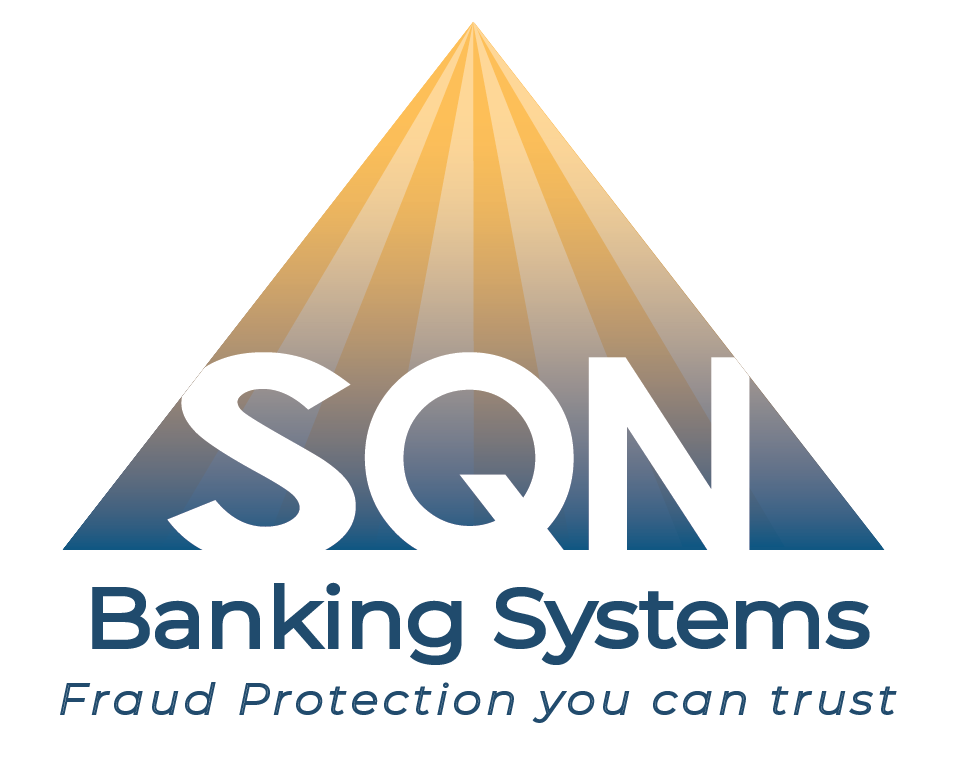The Cost of Check Fraud: Why Prevention is Better than Cure
Check fraud remains a significant threat to financial institutions and their customers, costing billions annually. In an era where digital banking is becoming the norm, check fraud might seem outdated, but it persists as a costly issue for banks. Understanding the financial, operational, and reputational impacts of check fraud emphasizes why prevention is far superior to dealing with the aftermath.
The Financial Impact of Check Fraud
The direct financial losses from check fraud can be staggering. In the United States alone, it is estimated that check fraud costs businesses and financial institutions billions of dollars each year. These costs are not just from the stolen amounts but also from the extensive resources required to investigate and resolve fraud cases.
Indirect Financial Costs
- Investigation Costs: The time and effort required to investigate fraudulent checks involve significant manpower and technology.
- Liability: Often times the financial responsibility falls on the bank to pay back customers for stolen funds
- Legal Fees: Pursuing legal action against fraudsters can incur substantial legal expenses.
- Insurance Premiums: Frequent fraud incidents can lead to higher insurance premiums for financial institutions.
Operational Disruptions
Check fraud doesn’t just impact the bottom line; it disrupts operations. When fraud is detected, banks must divert resources to address the issue, which can slow down other critical processes. Employees may need to be retrained on new fraud detection protocols, and systems might require updates to prevent future occurrences.
Administrative Burden
- Account Closures and Re-openings: Fraudulent activity often necessitates the closure and reopening of accounts, which is both time-consuming and frustrating for customers.
- Manual Review Processes: Detecting and validating fraudulent checks through manual processes can be labor-intensive, further straining resources.
Reputational Damage
Trust is paramount in banking. When customers fall victim to check fraud, their trust in the institution can be severely compromised. News of security breaches or repeated fraud incidents can damage a bank’s reputation, leading to customer attrition and difficulty in acquiring new customers.
Customer Trust and Retention
- Loss of Trust: Customers are likely to move their accounts to another bank if they perceive that their current bank cannot protect their financial interests.
- Negative Publicity: Media coverage of check fraud incidents can harm a bank’s public image, making it difficult to attract new customers.
The Case for Prevention
Given the high costs and extensive impacts of check fraud, investing in preventive measures is not just prudent—it’s essential. Here are key reasons why prevention is better than cure:
Cost-Effectiveness
Preventive measures, such as advanced check fraud detection software, are typically more cost-effective in the long run compared to the expenses associated with dealing with fraud after it occurs. Automated systems reduce the need for manual reviews and can catch fraud before it results in significant financial loss.
Enhanced Security
Modern check fraud prevention systems use machine learning and AI to identify suspicious patterns and anomalies in real-time. These technologies continually learn and adapt, improving their effectiveness over time. By implementing these systems, banks can stay ahead of fraudsters who are constantly developing new tactics.
Customer Confidence
When customers know their bank uses state-of-the-art fraud prevention measures, their confidence in the institution increases. This trust can translate into long-term loyalty and positive word-of-mouth, attracting new customers and retaining existing ones.
Regulatory Compliance
Regulations and industry standards require banks to have robust fraud detection and prevention measures in place. By investing in advanced fraud prevention systems, banks ensure they remain compliant, avoiding potential fines and penalties.
Implementing Advanced Check Fraud Prevention
To effectively combat check fraud, financial institutions should consider implementing comprehensive fraud prevention solutions. These solutions often include:
- Automated Check Scanning and Verification: High-speed scanning and OCR technology to quickly and accurately verify checks.
- Machine Learning and AI Algorithms: Advanced technologies to detect patterns and anomalies indicative of fraud.
- Real-Time Alerts: Instant notifications to bank personnel for immediate action on suspicious transactions.
- Customizable Rules Engine: Flexibility to adapt fraud detection rules based on emerging threats.
Conclusion
Check fraud is a pervasive and costly problem for financial institutions, but it is one that can be effectively managed with the right preventive measures. By investing in advanced check fraud detection systems, banks can save money, protect their reputation, and ensure regulatory compliance. Most importantly, they can provide their customers with the peace of mind that their financial interests are well-protected.
Investing in prevention is not just a strategy; it’s a necessity in today’s banking environment. By staying ahead of fraudsters, banks can avoid the high costs associated with check fraud and focus on delivering excellent service to their customers. Contact www.sqnbankingystems.com for more information.
